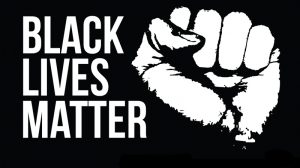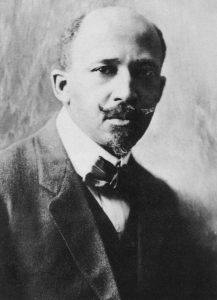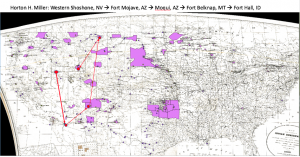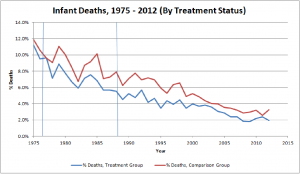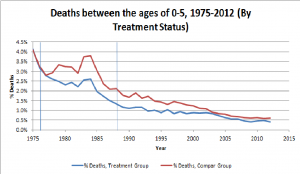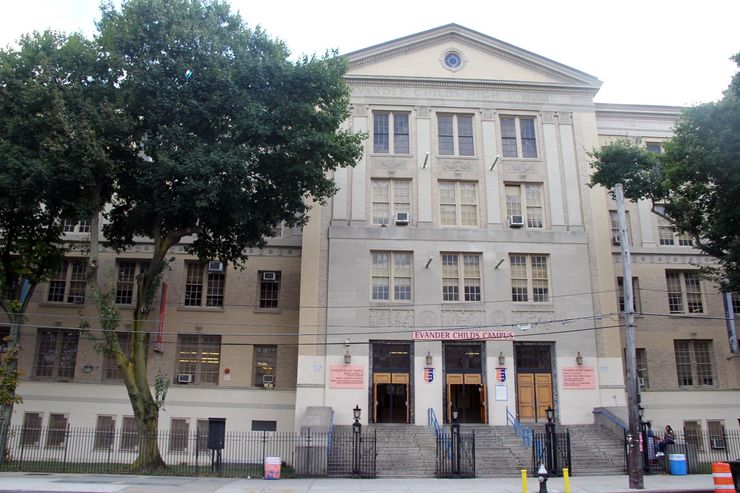Over the course of this summer, Professor Pinar Batur and I worked together to create two new syllabi for the sociology department. While one syllabi is intended to be taught as an introductory course and the second as an upper-level seminar, both courses focus on how Marxist thinkers and social theorists confront bigotry, racism, and racist war through antiracist theory, knowledge and action.
The introductory course is called “Racism and the Marxist Struggle”. It concentrates on the classical debate by Du Bois, C.L.R. James, and Oliver Cromwell Cox as theorists as well as other activists. It aims to explore how racist ideologies and discriminatory practices expanded and maintained by capitalist institutional racism and racial inequality. This class aims to show how racialized spaces globalize through capitalism and how anti-racist struggle against racism, colonialism, and postcolonial arrangements developed. It examines the intersectionality of race, class, and gender. The advanced course is titled “Dissent!: Black Lives Matter”. It explores possibilities of the total transformation of American society as advocated by the Black Lives Matter movement. It studies the grotesque level of overt and covert racism in the United States, and argues that the fight that began with antislavery has not ended. This class also studies the role of dissent in society and societal transformation.
Much of my work on this project was completed in the library, where I read a vast assortment of books, essays, plays, and speeches by Karl Marx, W.E.B. DuBois, Franz Fanon, Kwame Nkrumah, Angela Davis, Malcolm X, Alex Haley, bell hooks, August Wilson, and James Baldwin, among others. The more I read, the deeper my comprehension of the subject became, and with this knowledge, we adjusted the content of the course syllabi. With Professor Batur, I tailored each course to suit the specific needs of introductory and advanced students. The resulting courses confront racism by exploring antiracist discourse and antiracist action in similar ways.
My research led me to New York City libraries. I visited the New York Public Library to conduct research on Marx and Angela Davis, and I later visited the Schomburg Center for Research in Black Culture in Harlem, where I gained access to microfilm files from Malcolm X. We have incorporated copies of Malcolm X’s original work together with Du Bois’ original work, in their own handwriting, into our syllabi.
As a sociology major, this project was immensely beneficial for my own knowledge of the field. I am a far better student of social theory for having read these pieces and for being given the time and space to fully understand them. I also feel I am better prepared to write my senior thesis now that I have broader understanding of these social theorists and racial theory. As a future graduate student of sociology — and perhaps someday a scholar in the field — writing these syllabi gave me perspective on how to create courses that are comprehensive and have an orderly structure.

